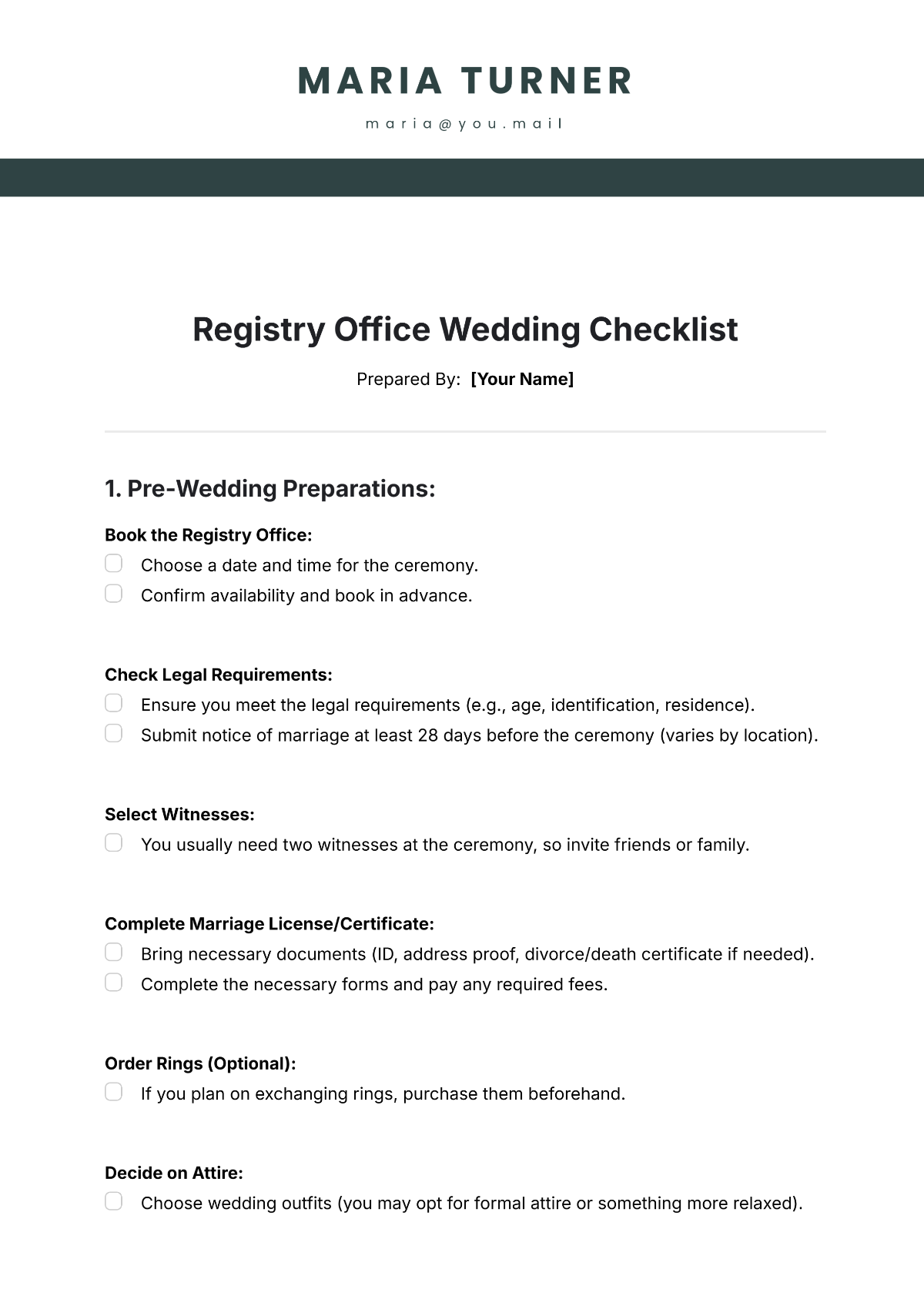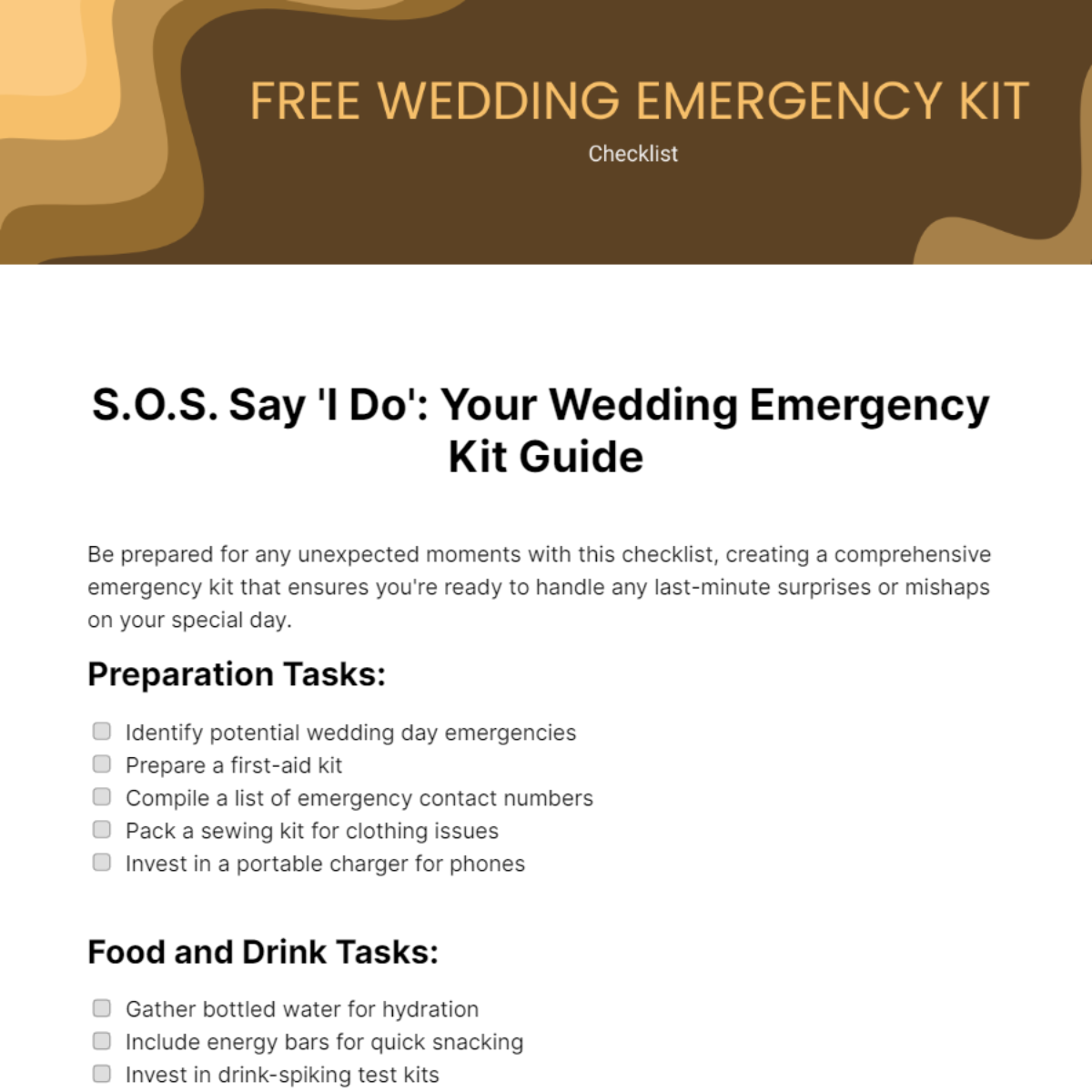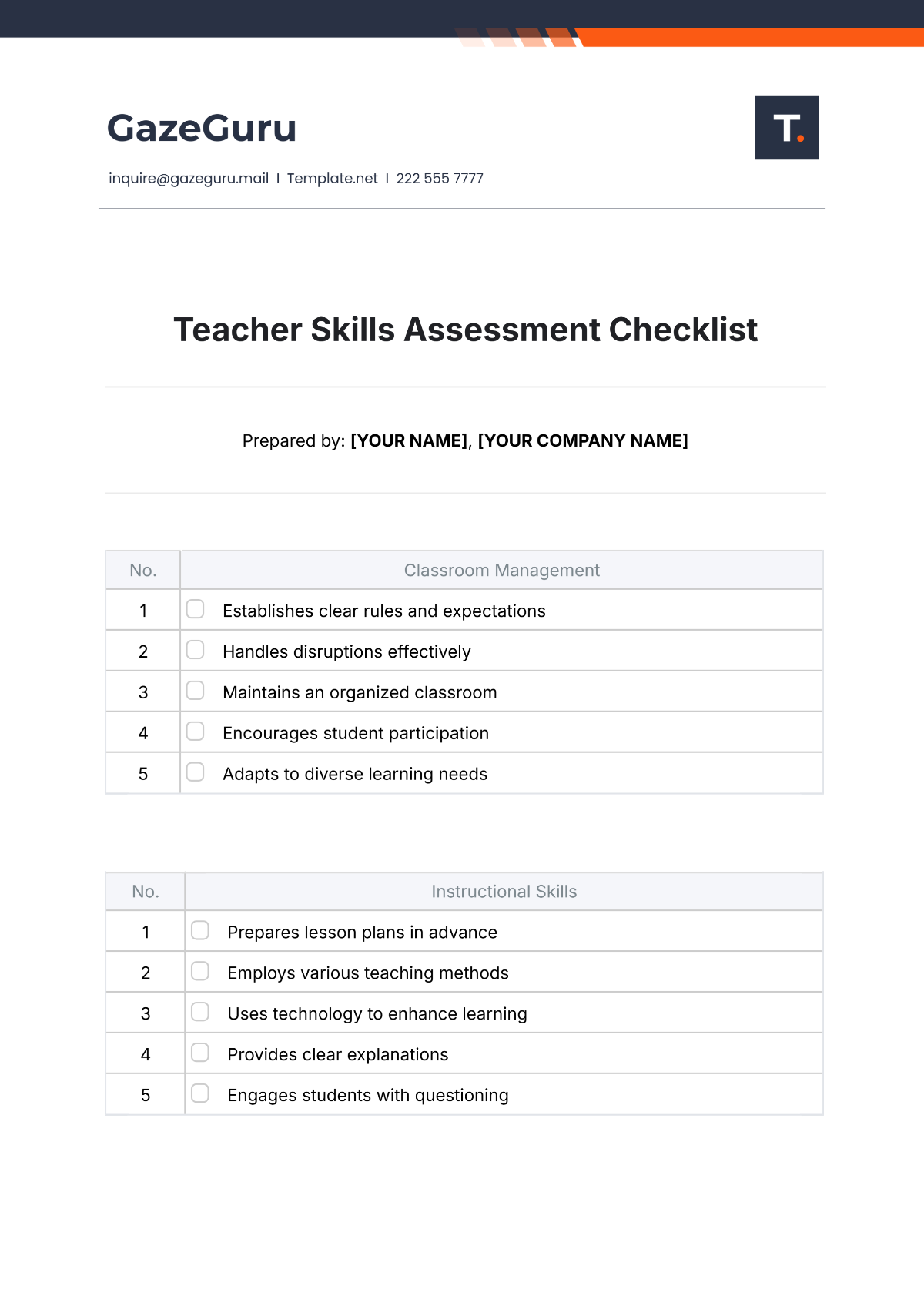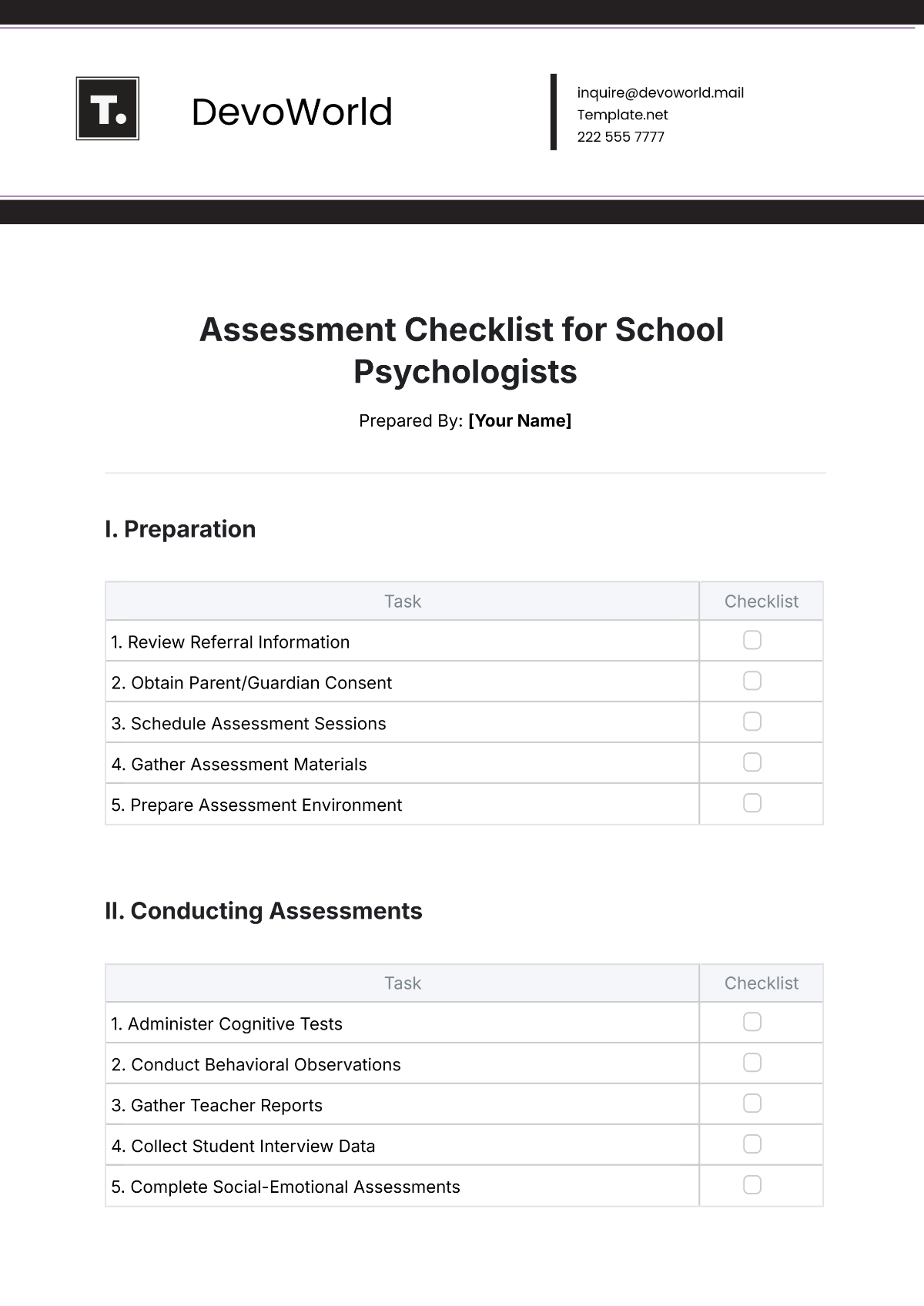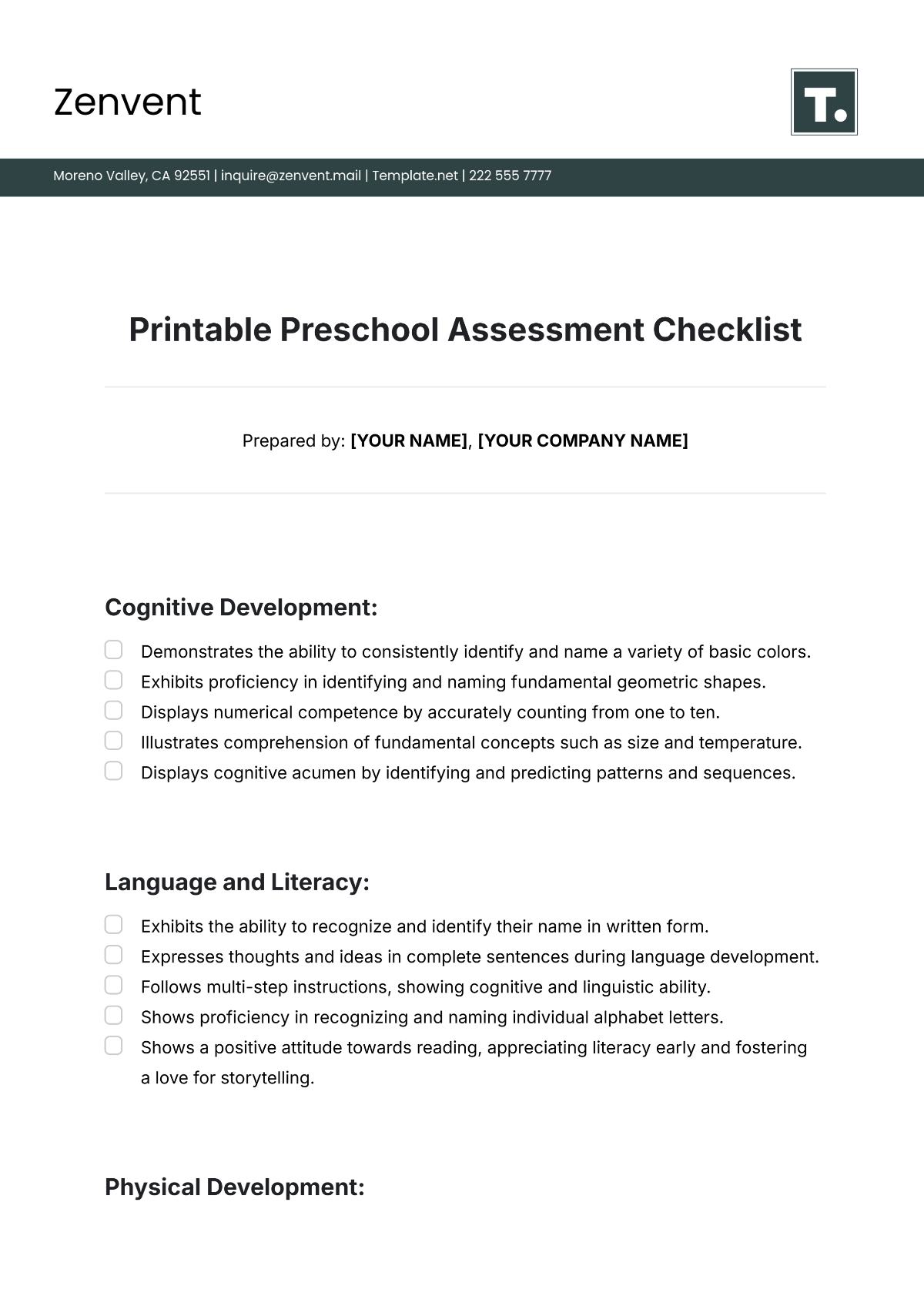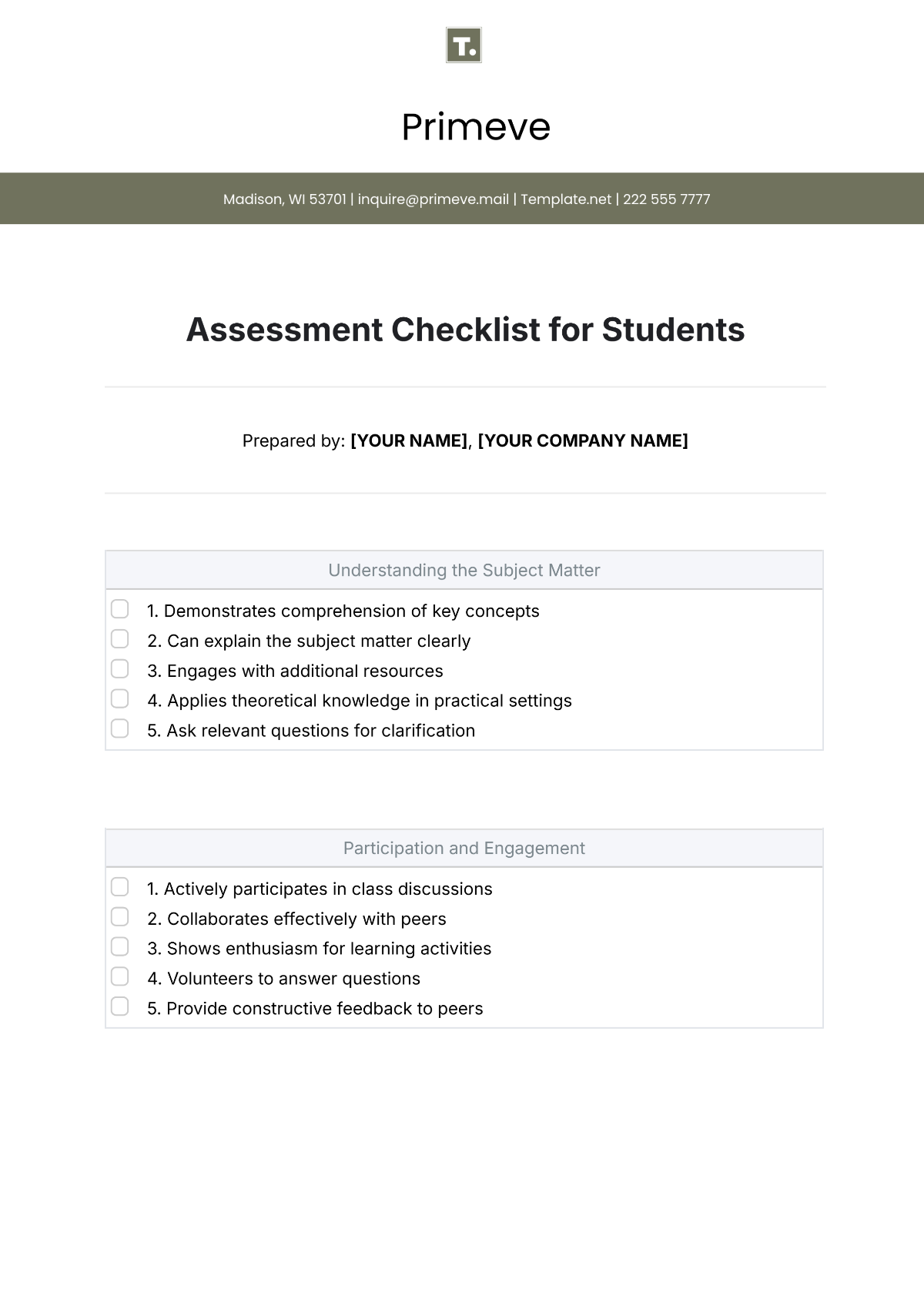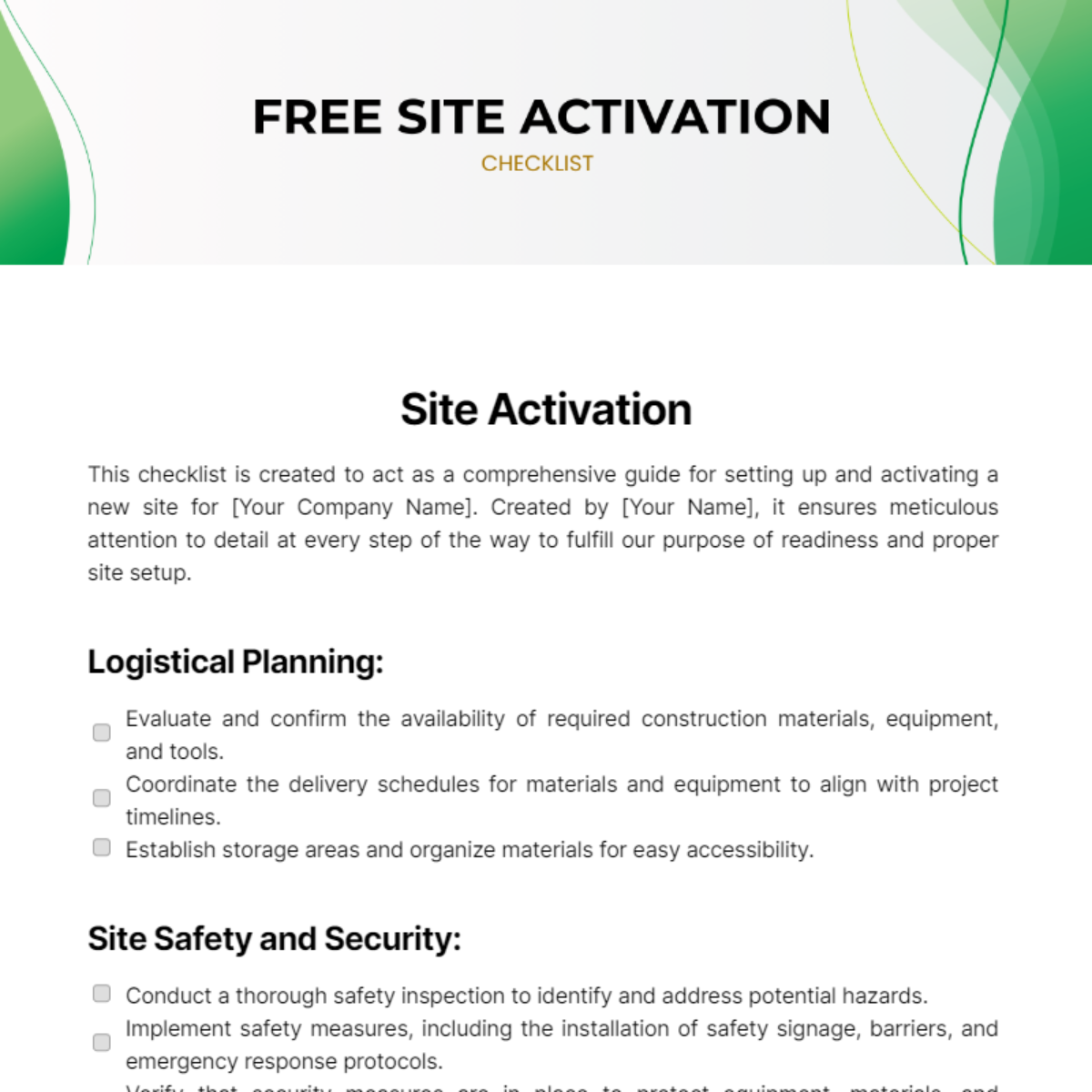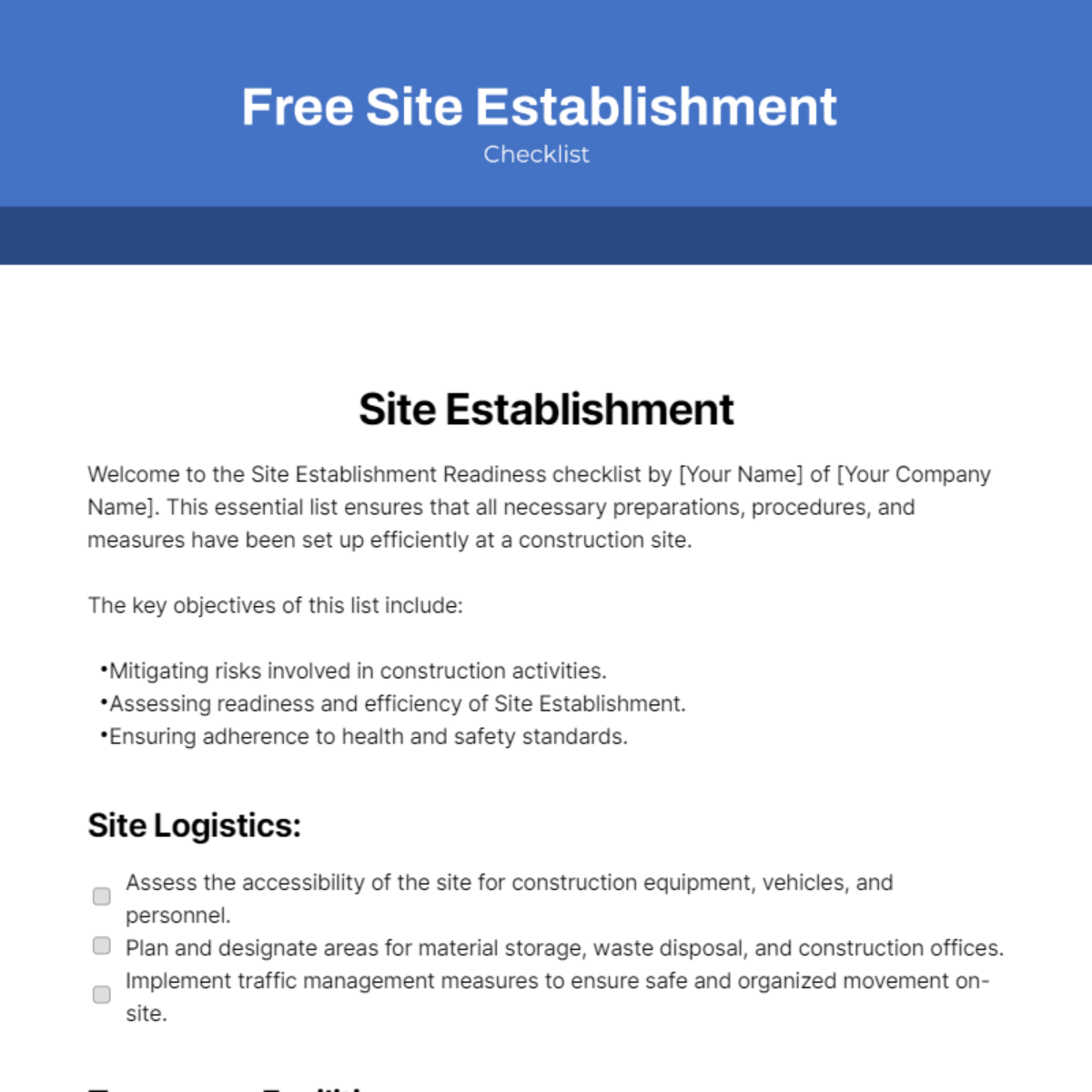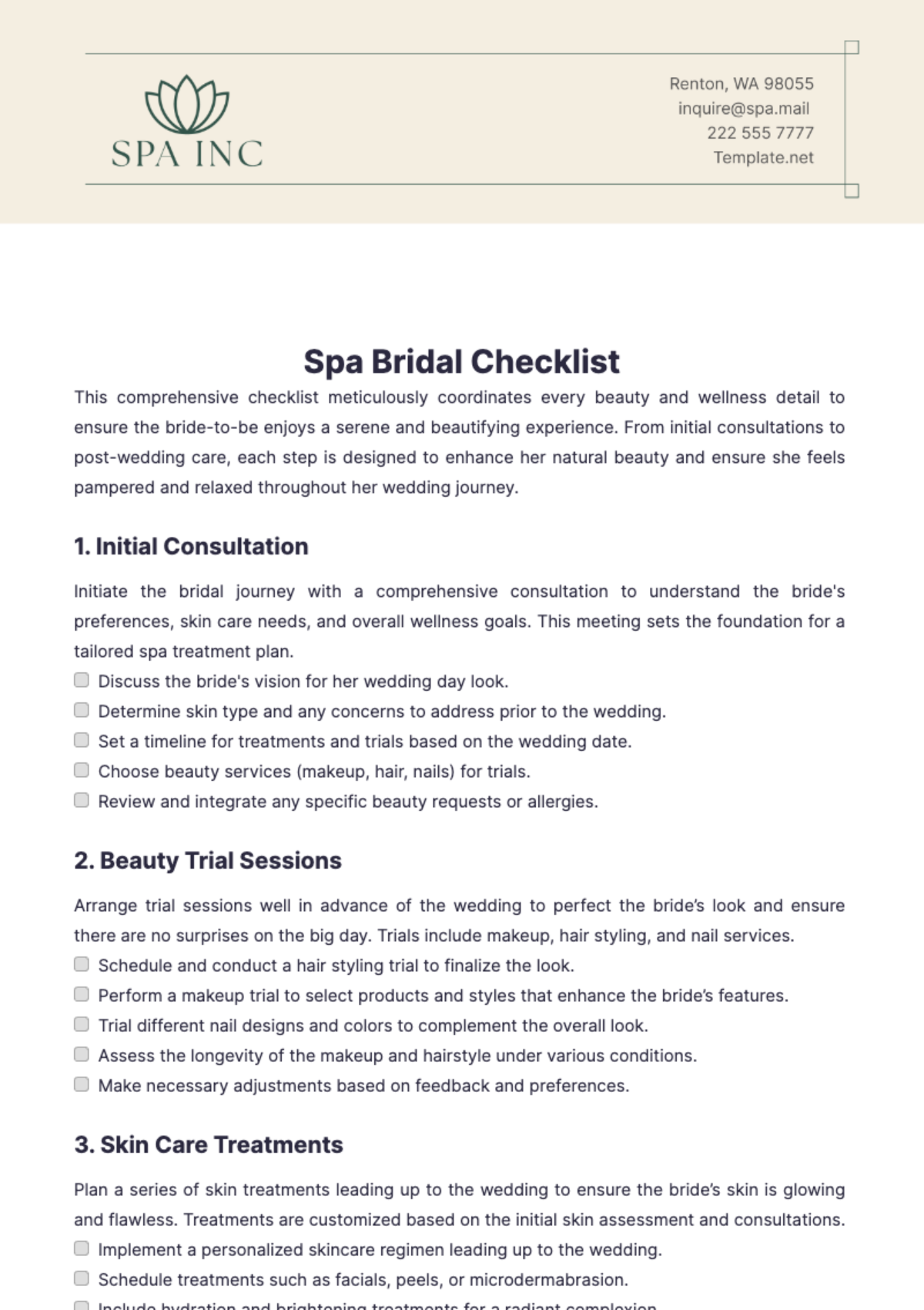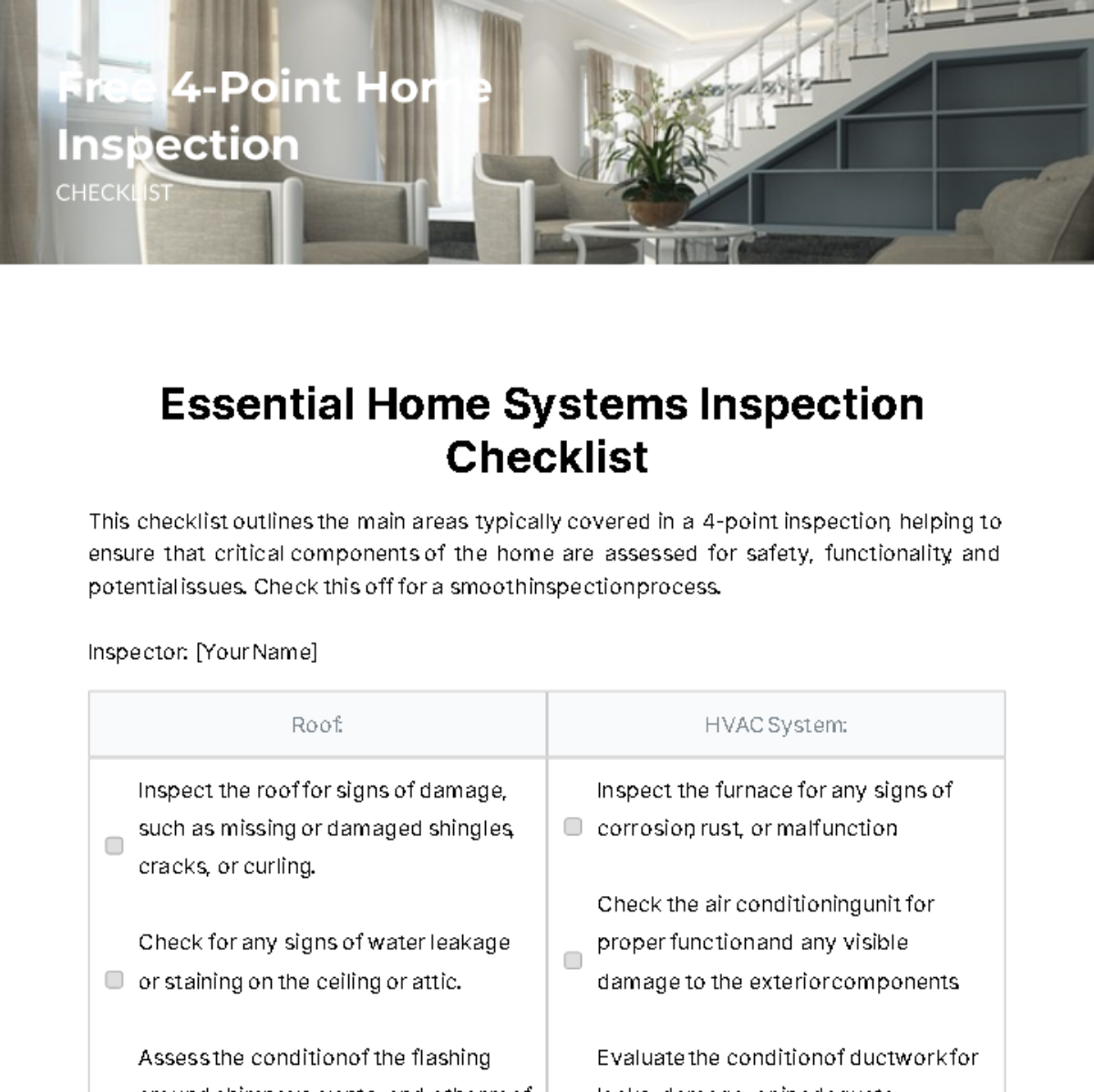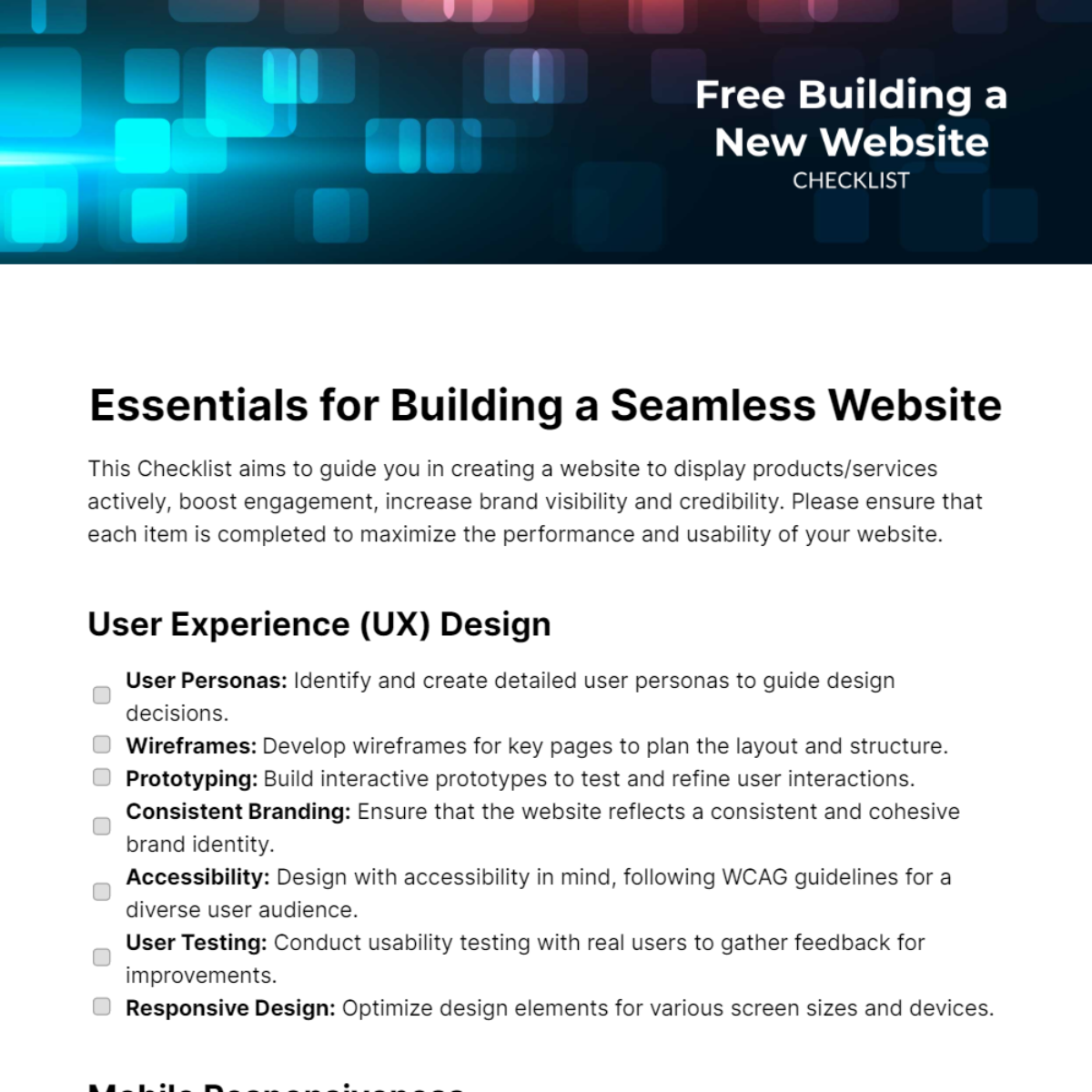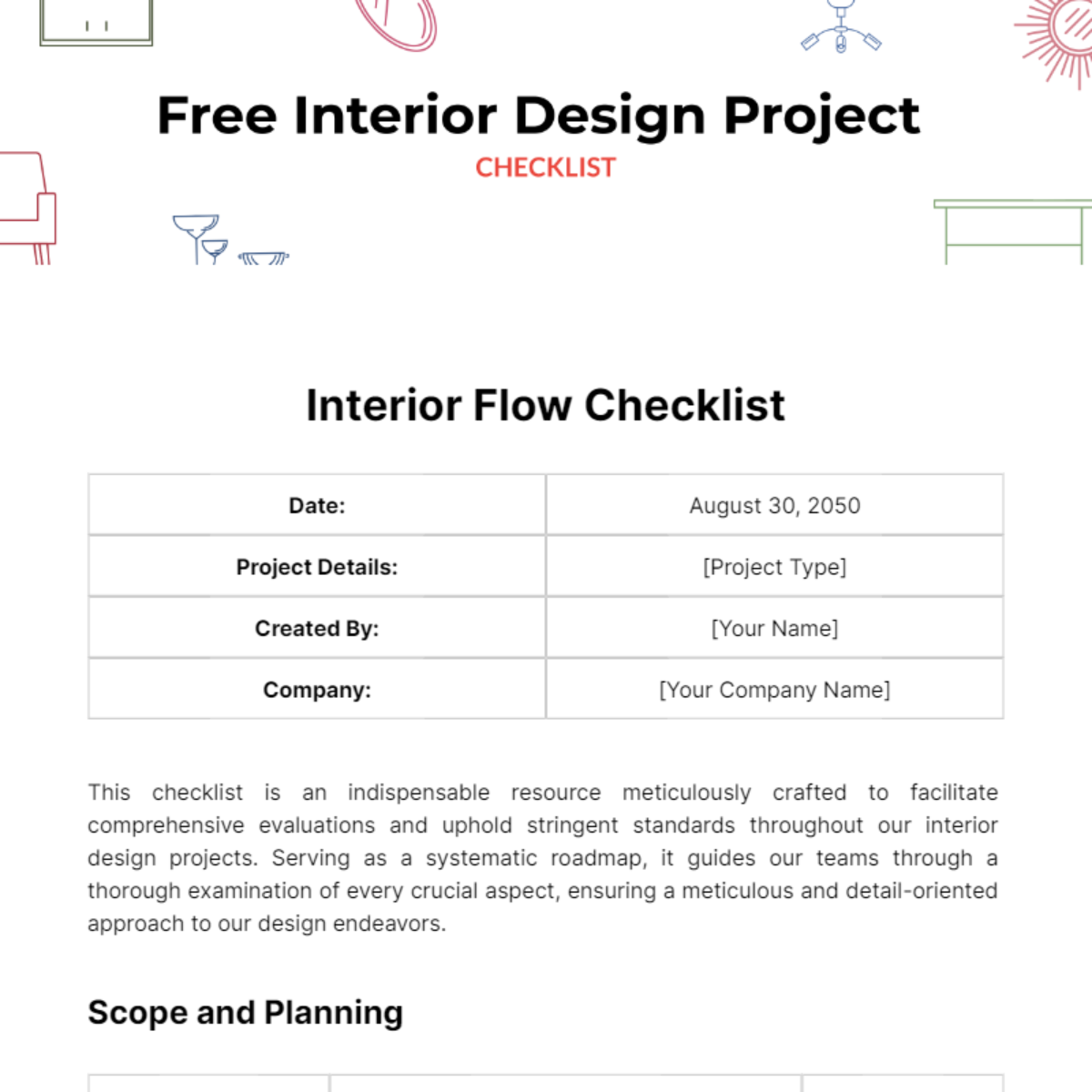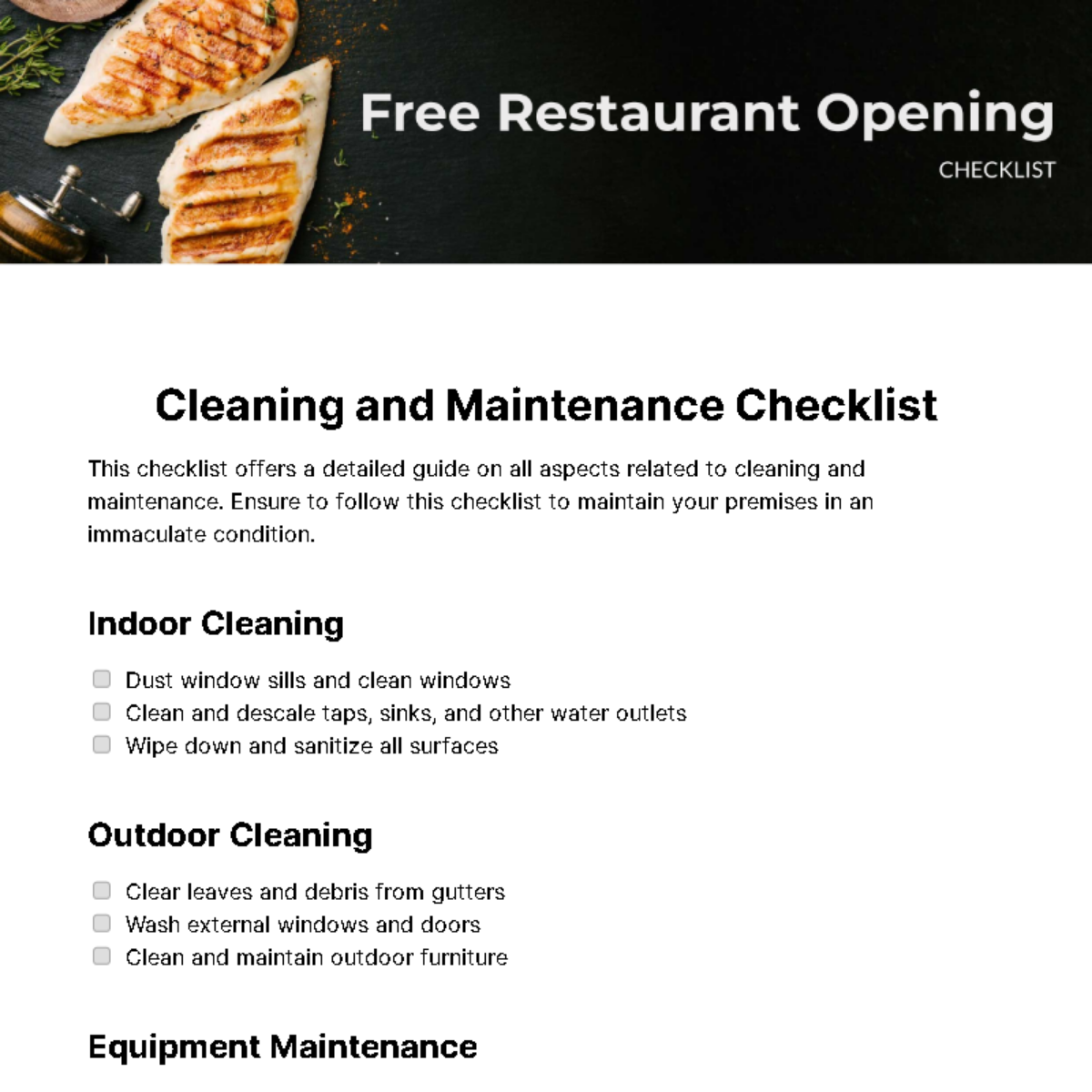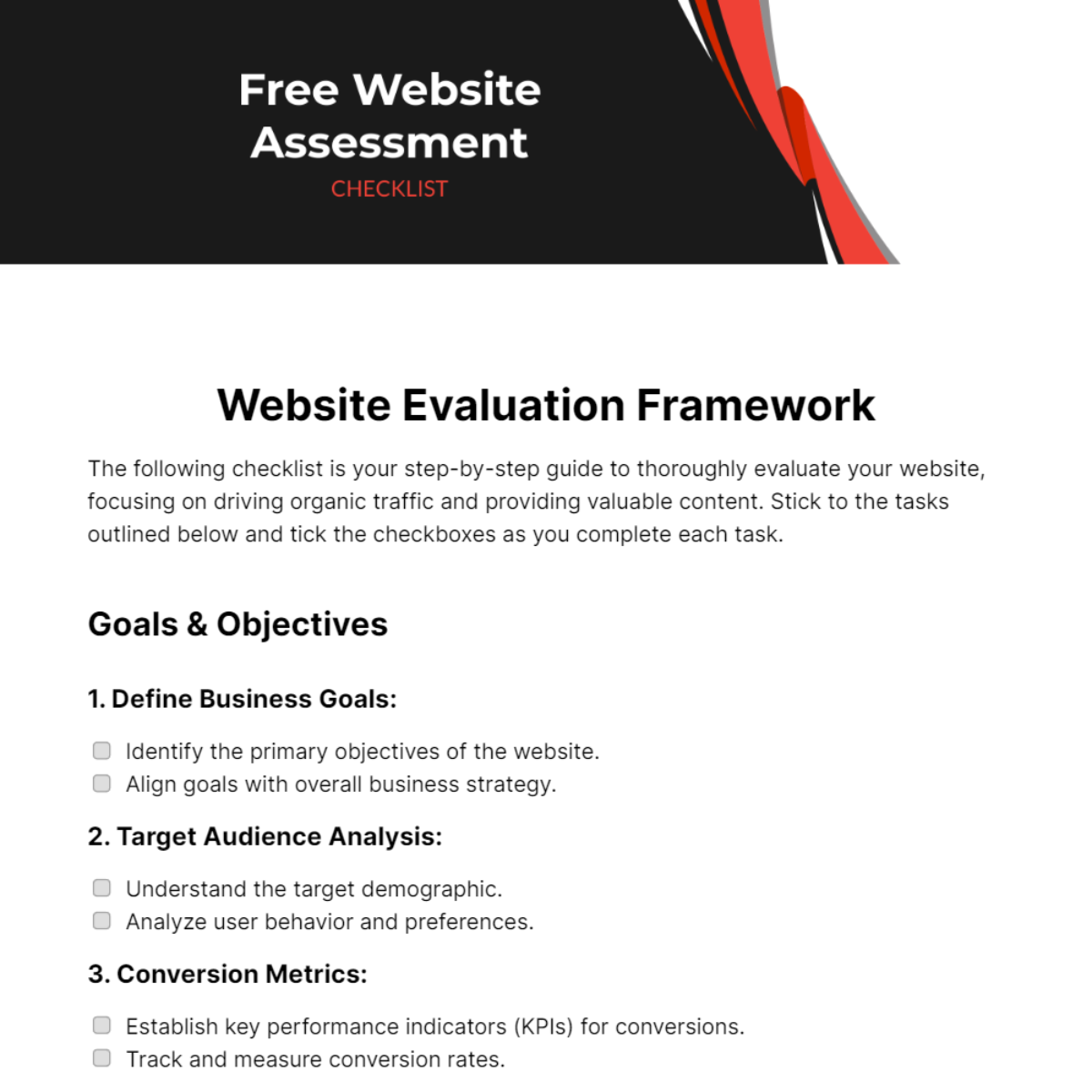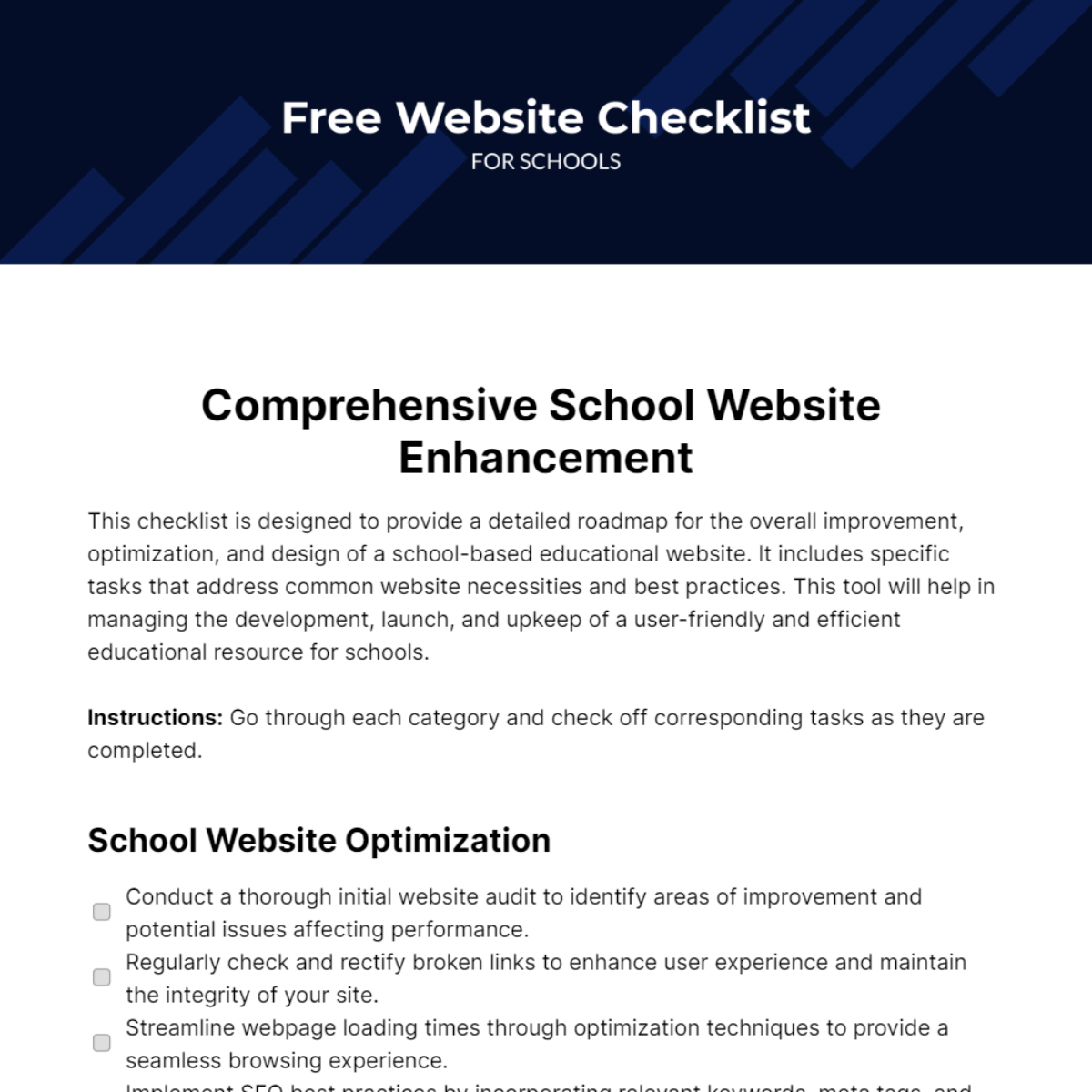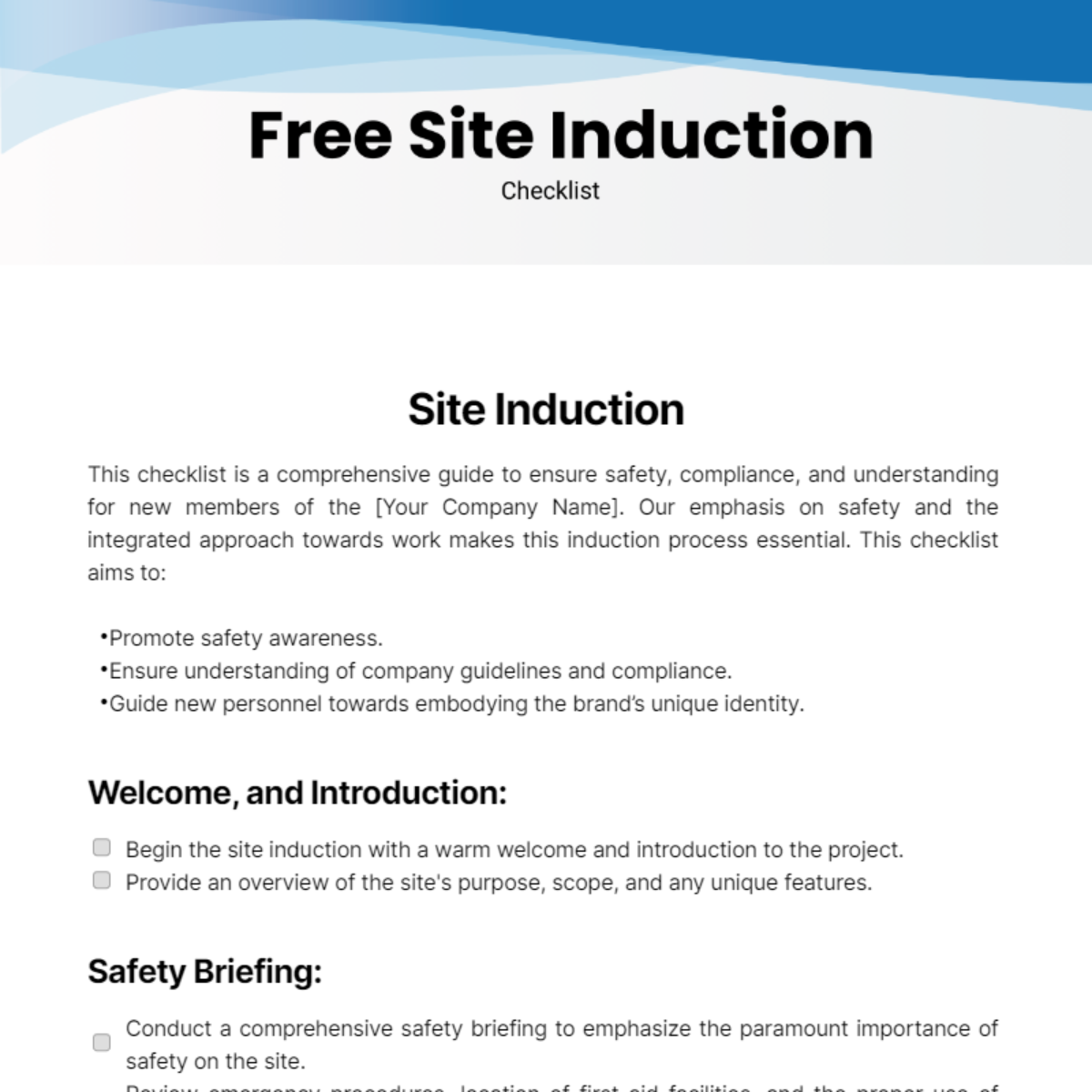Site Induction
This checklist is a comprehensive guide to ensure safety, compliance, and understanding for new members of the [Your Company Name]. Our emphasis on safety and the integrated approach towards work makes this induction process essential. This checklist aims to:
Promote safety awareness.
Ensure understanding of company guidelines and compliance.
Guide new personnel towards embodying the brand’s unique identity.
Welcome, and Introduction:
Begin the site induction with a warm welcome and introduction to the project.
Provide an overview of the site's purpose, scope, and any unique features.
Safety Briefing:
Conduct a comprehensive safety briefing to emphasize the paramount importance of safety on the site.
Review emergency procedures, location of first aid facilities, and the proper use of personal protective equipment (PPE).
Site Layout and Work Zones:
Present the site layout, including key work zones, entry and exit points, and designated areas for specific activities.
Emphasize the importance of adhering to marked pathways and respecting restricted zones.
Project Overview:
Offer a detailed overview of the project, including its goals, timelines, and milestones.
Highlight the roles and responsibilities of various team members to promote clarity.
Environmental Considerations:
Discuss environmental considerations specific to the site, such as protected areas, flora, and fauna.
Outline measures in place to minimize environmental impact during construction activities.
Site Rules and Regulations:
Articulate site rules and regulations to ensure adherence and compliance.
Communicate consequences for violations and the importance of maintaining a respectful and professional atmosphere.
Risk Assessment and Mitigation:
Review the results of the site's risk assessment and outline strategies for risk mitigation.
Encourage a proactive approach to identifying and reporting potential hazards.
Introduction to Site Personnel:
Introduce key personnel, including project managers, supervisors, and safety officers.
Provide contact information for key individuals and emphasize an open-door policy for addressing concerns.
Emergency Contacts:
Provide a list of emergency contacts, including local emergency services and on-site personnel responsible for coordinating emergency responses.
Ensure all attendees know the location of emergency assembly points.
Tools and Equipment Usage:
Educate attendees on the proper usage of tools and equipment, emphasizing safety precautions.
Highlight the importance of reporting any faulty equipment promptly.
Health and Well-being:
Address health and well-being considerations, including access to medical facilities and procedures for reporting illnesses or injuries.
Promote a culture of well-being and encourage regular breaks to prevent fatigue.
Communication Protocols:
Establish clear communication protocols, including channels for reporting incidents, seeking information, and addressing concerns.
Emphasize the importance of effective communication in maintaining a safe and efficient work environment.
Site Security Measures:
Discuss site security measures, including access control, surveillance, and reporting procedures for suspicious activities.
Reinforce the role of each individual in maintaining a secure work environment.
Personal Responsibility and Accountability:
Encourage a sense of personal responsibility for safety and compliance among all site attendees.
Reinforce the accountability of each individual in contributing to the success of the project.
Documentation and Acknowledgment:
Provide documentation summarizing key points covered during the site induction.
Request attendees to acknowledge their understanding and commitment to following site rules and procedures.
Feedback and Questions:
Encourage attendees to ask questions and provide feedback on the site induction process.
Establish an ongoing mechanism for addressing queries and concerns throughout the project.
Conclusion:
Conclude the site induction with a recap of essential information.
Express gratitude for attendees' commitment to safety and adherence to site protocols.
